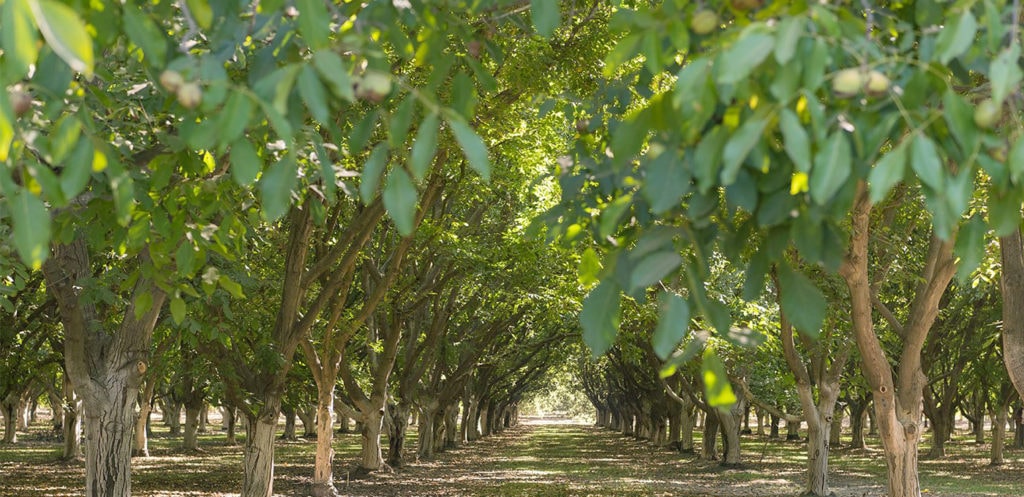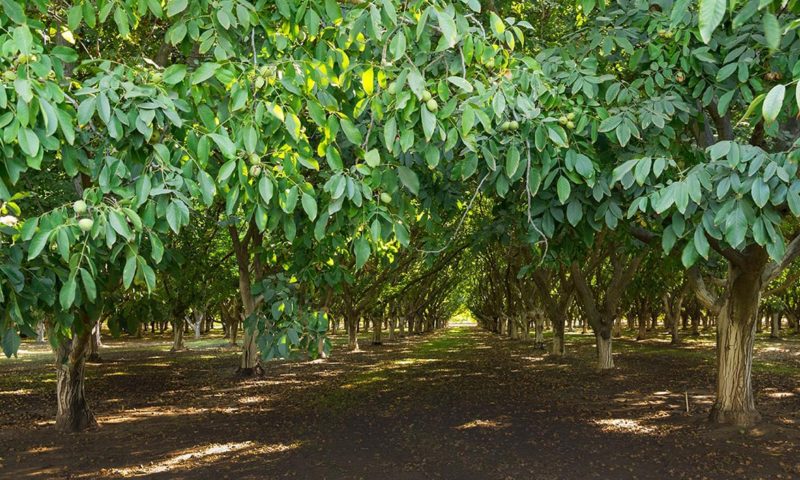
Each year, the California Walnut Board’s Production Research Committee (PRC) meets in early March to review and discuss funding recommendations for proposals submitted for consideration for the research program, which runs on an April 1 through March 31 annual cycle
Normally, the PRC solicits proposals each year for new projects as well as continuing multi-year projects started in a previous year. Because of program spending constraints arising from the Board’s decision to reduce grower assessments on the 2020 walnut crop, the PRC opted this year to not solicit new project proposals and instead to focus its limited available funding on ongoing projects. Even with this change, the $1.6 million in Board-approved funding would still be insufficient to fully fund all projects requesting an additional year’s funding to continue work on high-priority orchard production challenges.
In the end, using a combination of an across-the-board reduction of 10% to all but the most urgently needed work, and larger cuts to some projects where non-critical activities could be pared down, the Committee approved a slate of eighteen projects totaling $1.58 million. These projects include:
Continued efforts by the UC Davis walnut breeding program to develop new blight-resistant, productive and high-quality varieties to replace older ones in the early and mid-season harvest window. The most recent advancement in this arena – ‘UC Wolfskill’ – was released this spring, and many others are in the research pipeline.
- Continued efforts to breed and field-evaluate new crown gall-, nematode- and phytophthora-resistant clonal rootstocks. Several advanced with resistance to multiple diseases have already been identified and moved to field trial stage.
- Funding for local, small-scale field testing of new rootstocks, tree training & pruning techniques, and pest & disease control.
- Continued validation of the “delayed start of irrigation season” concept and zone irrigation management for their water savings and orchard health benefits across multiple regions.
- Continued efforts to identify new and effective alternatives to copper-based treatments for walnut blight.
- Funding for ongoing efforts to evaluate new herbicides and combinations for controlling problem weeds.
- Continued efforts to develop and validate new tree training and reduced-pruning regimes to reduce costs and speed return on investment in developing orchards.
- Continued efforts to improve monitoring and better understand within and between orchard movement of navel orangeworm and walnut husk fly. Both affect late-season nut damage potential and treatment timing for these pests.
- Testing of new treatments for mitigating the impacts of low winter chilling on leaf-out and bloom timing, nut set and nut size, and understanding the underlying physiology to improve treatment timing and effectiveness.
- Continued testing and refinement of new pre- and post-plant “methyl bromide replacement” remedies for lesion nematode in new and existing orchards.
“This slate of approved projects includes both long- and shorter-range efforts aimed at addressing the industry’s most critical production problems,” said CWB Research Director Joe Grant. “The Production Research Committee selects projects and monitors their progress very closely to ensure that grower assessments are used wisely and efficiently – using the best available science – to advance industry profitability and staying power for current and future generations. We have a long-standing and very successful track record of progress with our research partners at UC, the USDA and other institutions. Unfortunately, commodity groups are now being asked to shoulder more and more of the financial burden for this progress. This is the world we live in. The CWB is to be commended for its continued commitment to applied research and for managing that commitment to the benefit of its growers and handlers,” added Grant.



